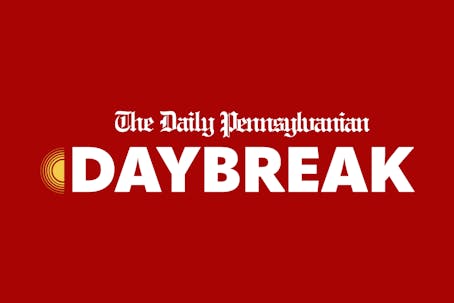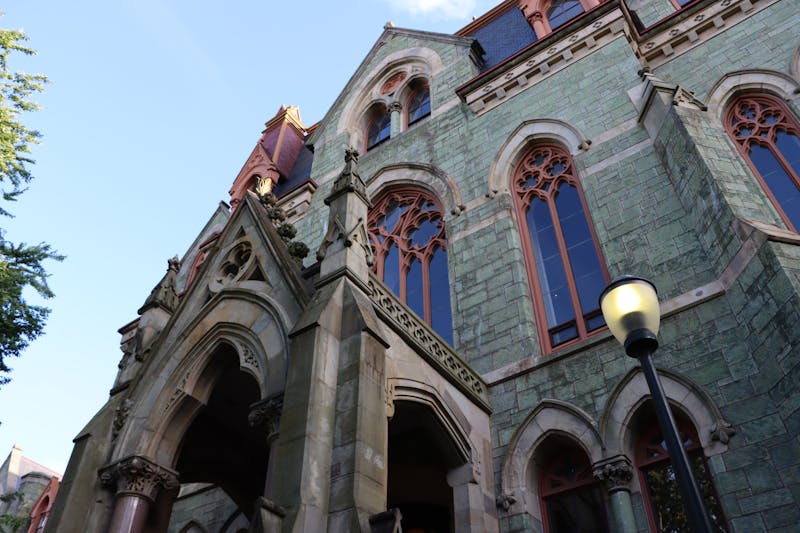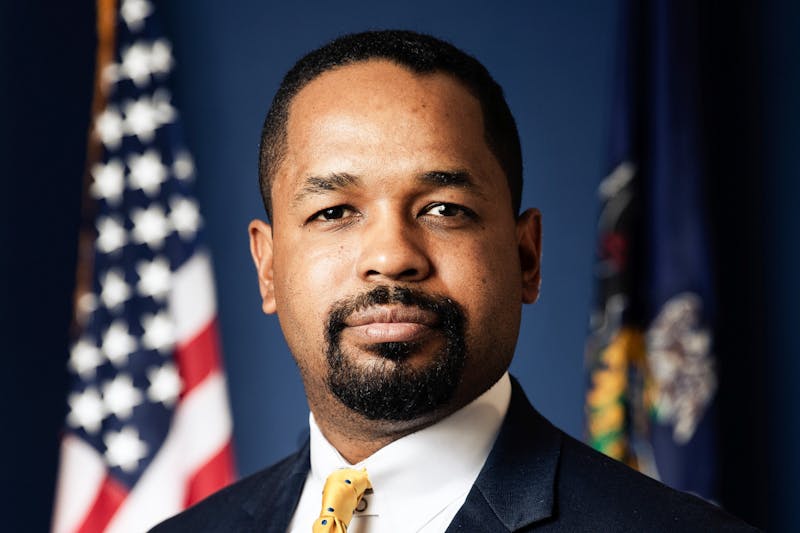In 1973, student government at Penn apparently wasn't in the best of shape.
The Daily Pennsylvanian wrote in February of that year that the University of Pennsylvania Community of Students' "complex structure of committees, ad hoc issue work groups and direct democratic participation through campus-wide plenums and referendums" had led to an "increasing lack of student participation" which could, as one undergraduate student government member said, "lead to a fall and possible death of student government in its present form."
UPCoS had, of course, only the best of intentions. It was created in 1968 to replace the University of Pennsylvania Student Government, which, in the spirit of the 60s, had "become bogged down in political and personal rivalries."
This new type of student government would be free of that. Its constitution was based partly on the grand hope that a totally open form of direct democracy would elicit enormous student participation.
After all, what's more empowering than direct democracy?
It was an idealist approach to undergraduate student government and five years after its inception, it was clear that the experiment had failed. Student participation was "spectacularly nonexistent." The lead story in the Feb. 26, 1973 DP announced, "UPCoS Leaders Seek to Revamp Structure of Student Government."
The result was the Undergraduate Assembly, created by a referendum on April 10, 1973. It looked much the same then as it does now -- 33 members directly elected by the undergraduates of the University, acting as "the one representative voice of the undergraduates."
What's more is that the referendum victory was a true "turning point" for student government at Penn -- a firm rejection of the chaos and confusion that reigned under the highly decentralized UPCoS in favor of a more centralized system.
But today, almost 30 years since the UA came into existence, student government faces some of the very same problems that UPCoS did at the end of the 1960s.
Student participation in student government is embarrassingly low; its leaders have talked at length about what can be done about so-called "student apathy."
The system, far from being the highly centralized government overseen by a democratically elected assembly that the framers of the UA anticipated, is a confusing amalgam of six independent (or, in some cases, quasi-independent) governing bodies -- in addition to the UA, we have the Nominations and Elections Committee, the Student Committee on Undergraduate Education (both of which predate the UA), the Student Activities Council, the Social Planning and Events Committee and the class boards.
The missions and goals of these organizations vary widely, as do the methods of determining their membership. And the UA does not have any sort of direct oversight beyond its budgetary whim (which, in all fairness, gives it an enormous amount of power over the other student government groups).
Student government's purpose is to be the voice of the student body. It is its very nature. Yet of the six student government organizations, only the UA and the class boards are elected. Three of the groups are self-perpetuating entities, and SAC is composed of representatives from student groups. And the UA has no direct authority over them.
And yet, while all the groups are nominally independent of one another, all depend on the UA for funding. In the particular case of SAC -- whose sole purpose is to distribute UA money to various student groups -- doubts about the necessity of "independence" are more than justified.
This is not to say that the current situation is exactly comparable to the one three decades ago. Few people, if any, think that student government at Penn is on the brink of collapse and catastrophe.
Nor is it meant to condemn the current structure of student government outright. As many student leaders point out, decentralization has its merits.
"The current autonomous structure gives more students a chance to be involved," according to UA Chairwoman Dana Hork. She notes that the structure helps to "bring as many students into the fold as possible."
This sentiment was echoed by SCUE Chairman Jacob Cytryn. "There are a number of strengths in the way that things are set up today."
Still, it is hard to pretend that there are no problems, and neither Hork nor Cytryn hold any illusions that everything is perfect. And confusion on the part of student government's constituents in high on the list of those problems.
Perhaps the time has come for the UA and the other student government bodies to take the same step that the UA's predecessor, the UPCoS, took in 1973. Perhaps it is time to take a good look at student government and make a fundamental, perhaps even a radical, change to solve some of those problems we face today.
On the other hand, perhaps more minor reforms will do the trick.
In either case, regardless of how valid the cynical belief that the best student government is none at all is, student government is and always will be a fact of life, here and everywhere else in the country.
And if we're stuck with it, than we might as well make it the best it can be.
The Daily Pennsylvanian is an independent, student-run newspaper. Please consider making a donation to support the coverage that shapes the University. Your generosity ensures a future of strong journalism at Penn.
DonatePlease note All comments are eligible for publication in The Daily Pennsylvanian.







